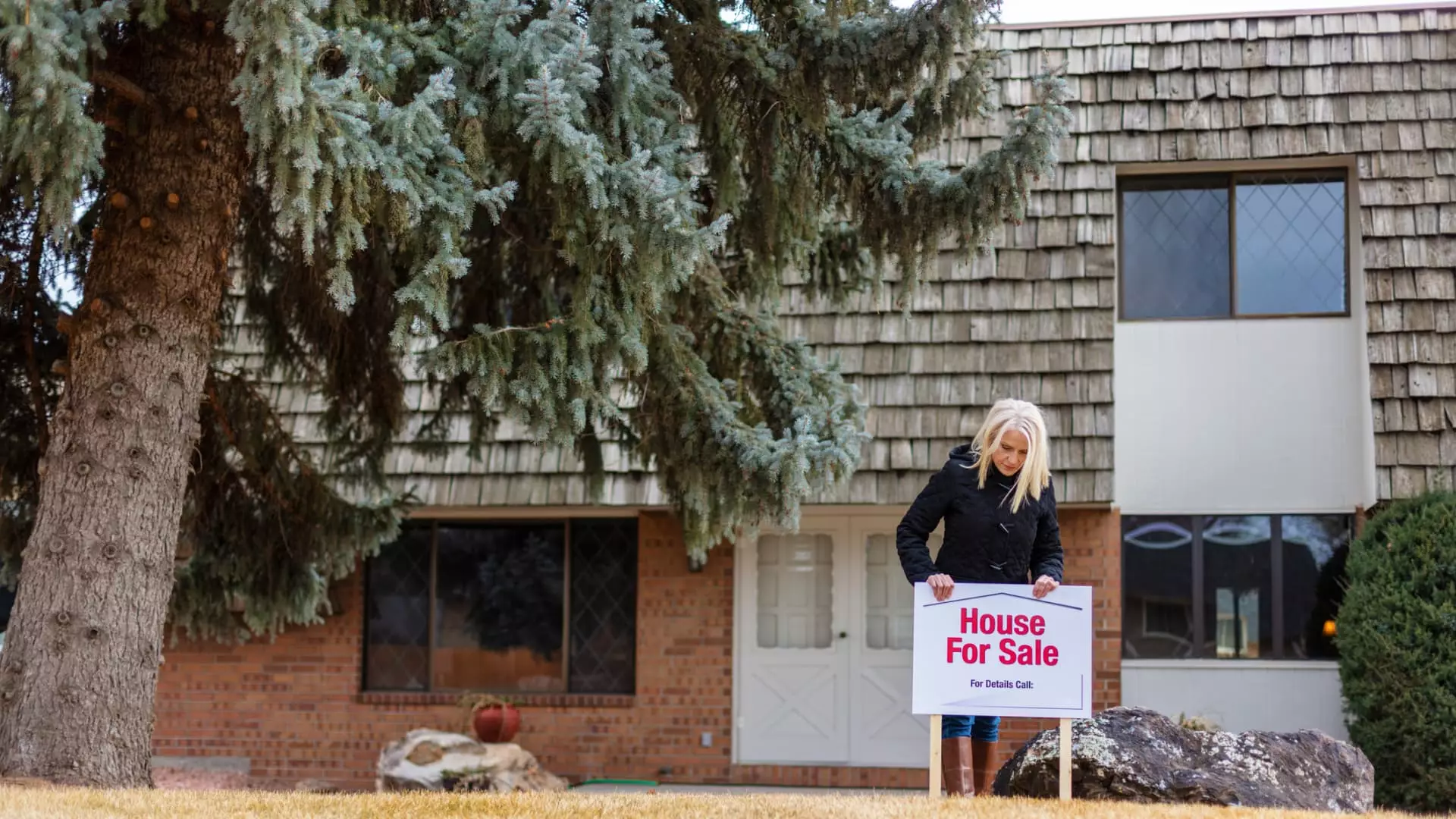Exploring the Future: Housing Hot Spots of 2025

The pursuit of homeownership is an arduous journey that many encounter, particularly in the current economic climate. For prospective homebuyers, the landscape is fraught with challenges, from inflated prices to an unpredictable market. Nonetheless, the National Association of Realtors (NAR) recently released a report revealing ten metropolitan areas poised to become the “housing hot spots” of 2025. These locations present opportunities thanks to advantageous economic conditions, demographic shifts, and various housing factors. This article will explore these attractive markets and discuss the key elements influencing their rise.
The NAR’s identification of potential hot spots hinges on several crucial metrics. High demand is often reflected in the availability of affordable housing, especially for first-time buyers. According to Lawrence Yun, the NAR’s chief economist, factors such as low inventory, favorable mortgage rates, and significant income growth among young adults contribute to a favorable buying environment. Moreover, net migration patterns—essentially the influx of individuals into a region—can serve to stimulate demand, further enhancing a metro area’s attractiveness.
With these elements in play, some areas are gearing up for growth that could transform them into trendy locales for new homeowners. Particularly, the report emphasizes the significance of job creation and home price appreciation, showcasing how such economic stability can bolster the housing market. As buyers increasingly seek both affordability and growth potential, these factors merit closer examination.
Among the 10 identified hot spots, more than a third are located in the South, with notable mentions like Charlotte-Concord-Gastonia in North Carolina and Greenville-Anderson in South Carolina. Interestingly, the absence of well-known populous states like Florida from this list highlights regional variations in housing trends. The inclusion of cities in the Midwest, such as Grand Rapids and Indianapolis, lends a fresh perspective, suggesting that areas previously overlooked are gaining traction due to their local dynamics and favorable living conditions.
The report doesn’t merely list cities; it implies a shifting market narrative where both buyers and sellers can navigate opportunities effectively. For instance, Greeneville-Anderson stands out with 42% of its properties classified as starter homes—ideal for first-time buyers looking to enter the market. The formula for success in these hot spots seems to be a combination of economic buoyancy and a supportive local environment.
While the report paints an optimistic picture for 2025, it’s crucial to approach these predictions with a dose of skepticism. Experts caution against potential external factors that could impede growth. For example, the housing market’s fate could hinge on shifts in immigration policy. With immigrants constituting a significant portion of construction workers—32.5% as analyzed by the National Association of Home Builders—any changes could disrupt labor supply in a market already grappling with workforce shortages.
The potential impact of political shifts, especially in the wake of a changing administration and proposed policies affecting trade and housing, cannot be overlooked. Strategies like mass deportations or tariffs could exacerbate housing affordability issues, revealing a tangled web of economic factors that influence the market.
The year 2025 may herald either a golden opportunity or a daunting challenge for homebuyers and sellers alike. As various metros emerge as potential hot spots, the confluence of favorable conditions presents an exploratory pathway for buyers seeking affordable options. However, vigilance is necessary as external factors loom, capable of disrupting the market landscape. Ultimately, understanding these dynamics and remaining adaptable will be vital for stakeholders navigating the complexities of the real estate scene in the coming years. The road ahead may be filled with uncertainties, but as history shows, each challenge also presents opportunities for resilient buyers and sellers alike.





